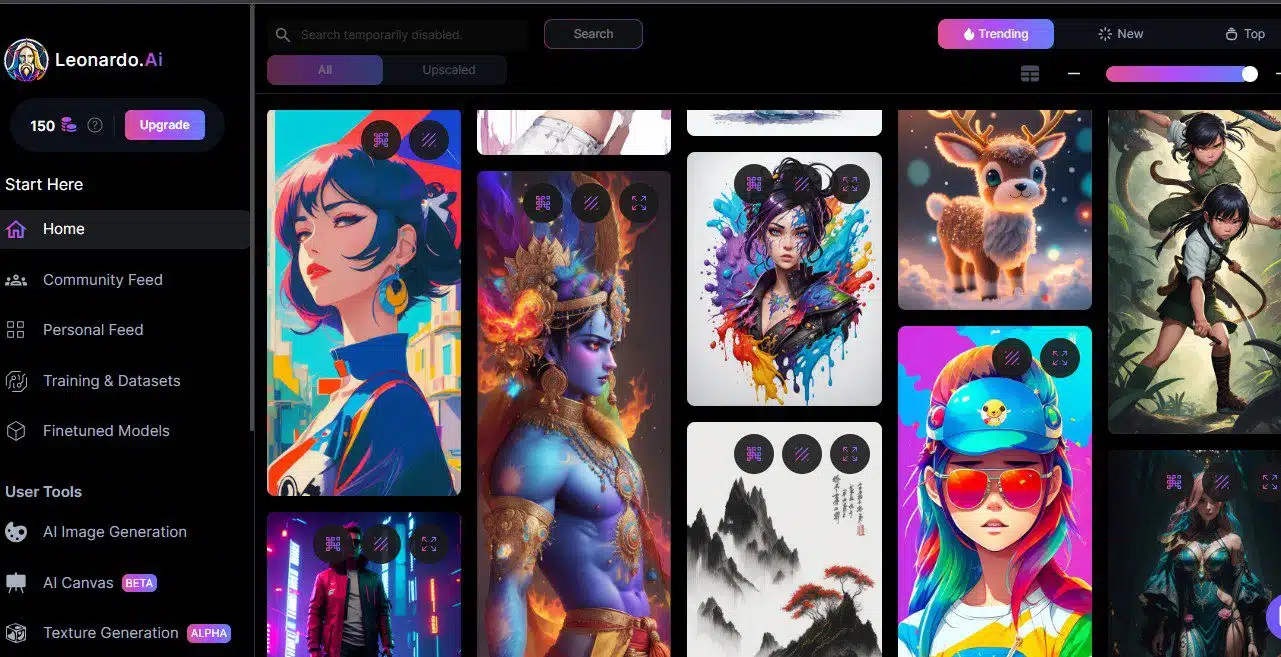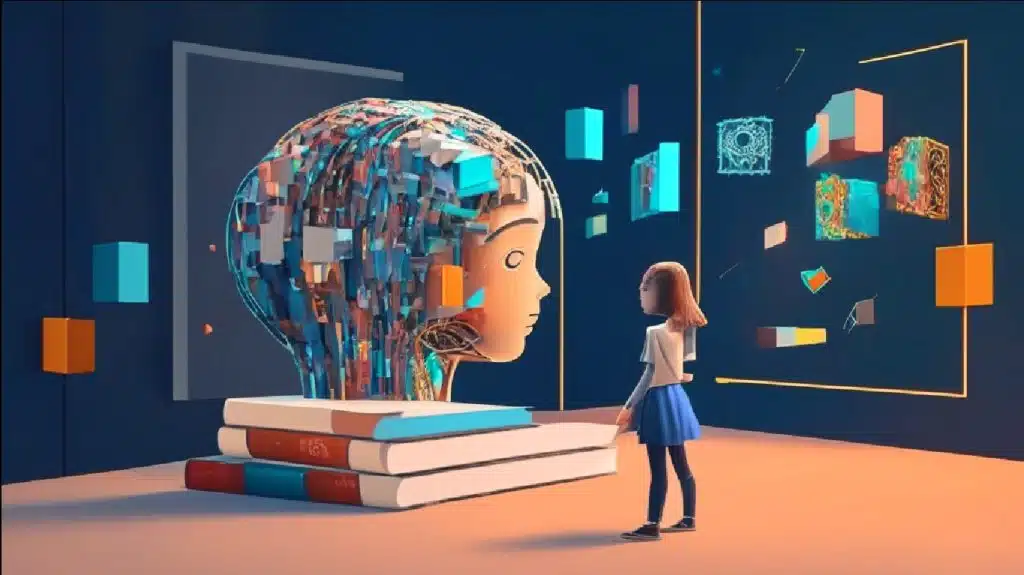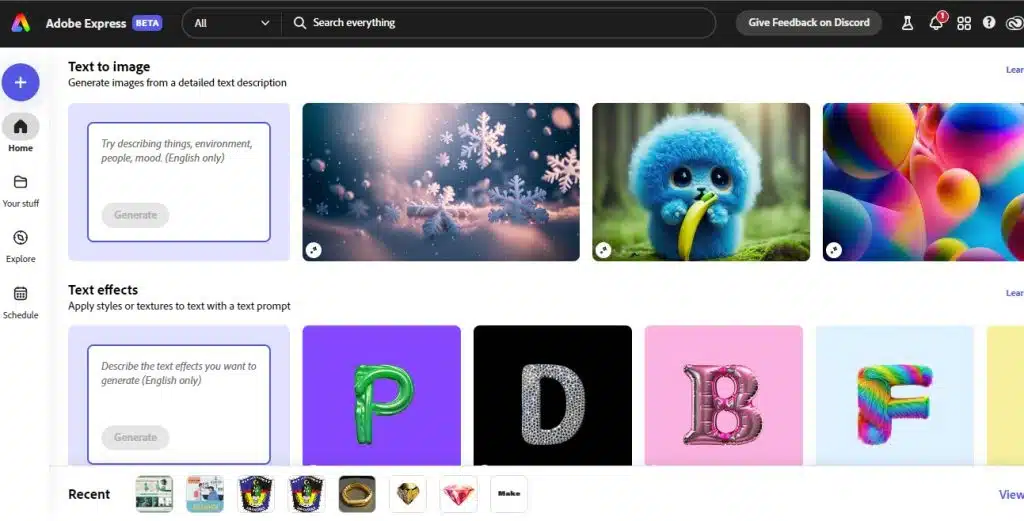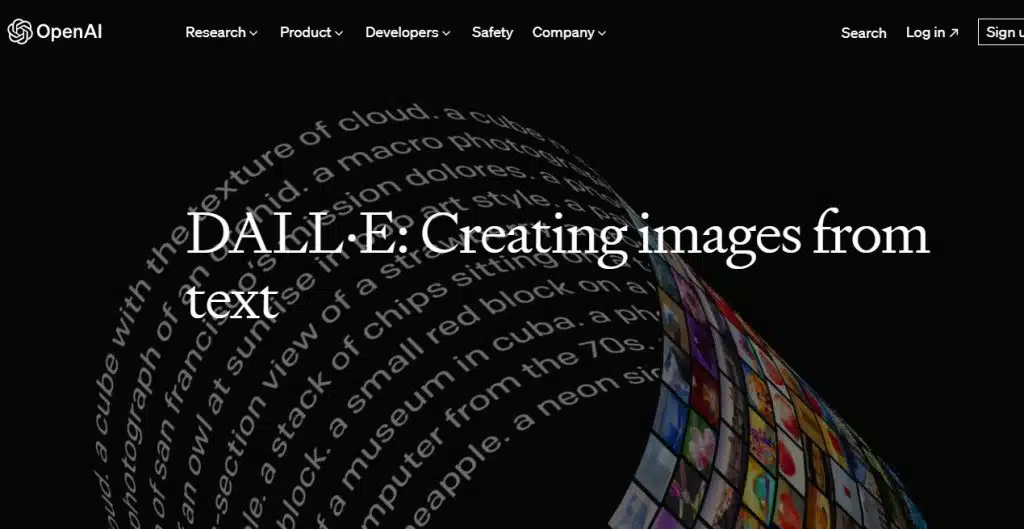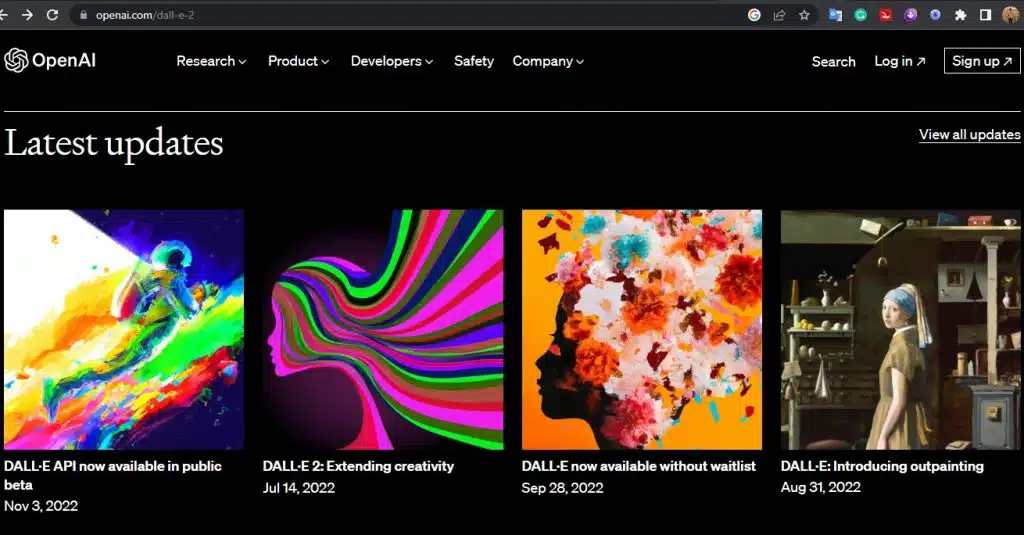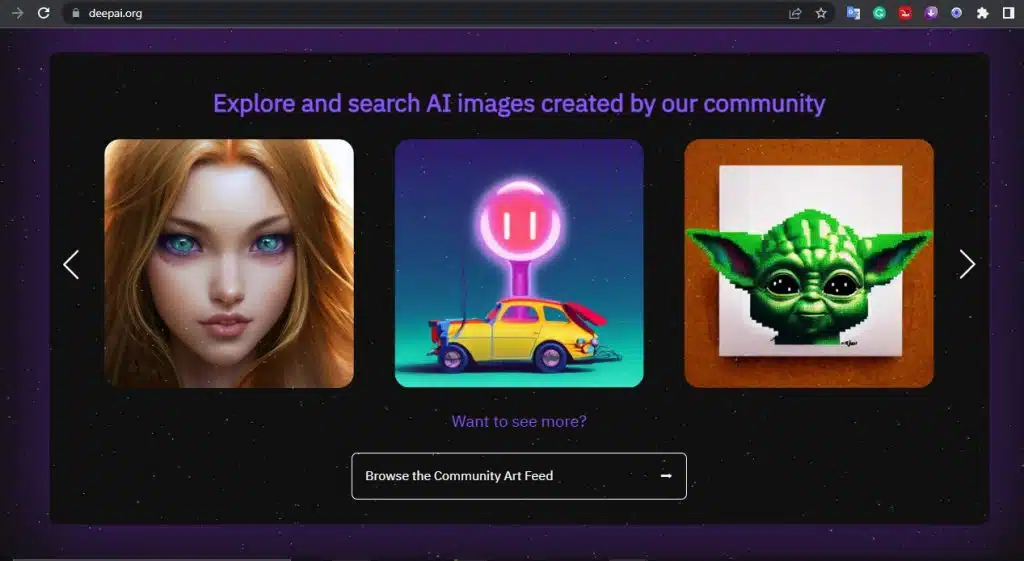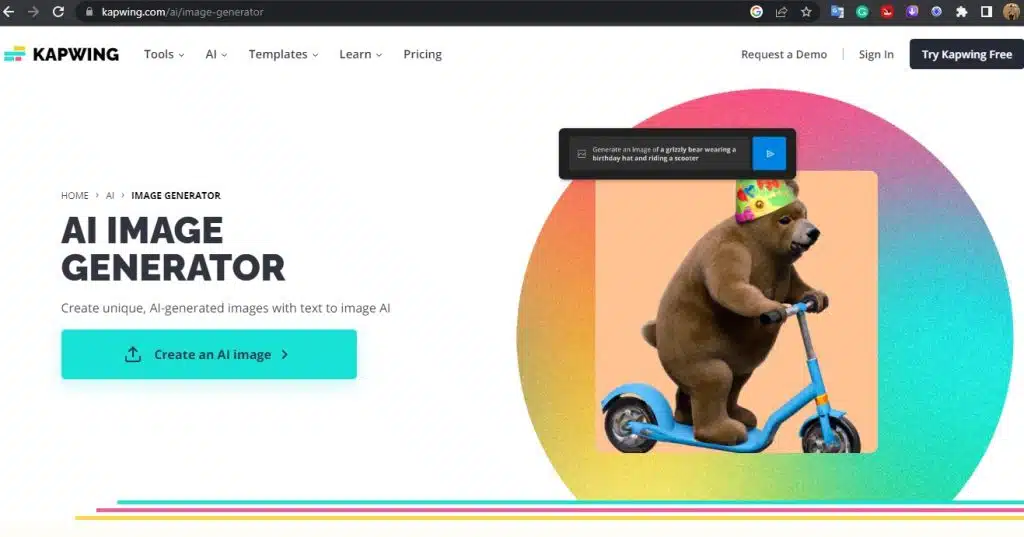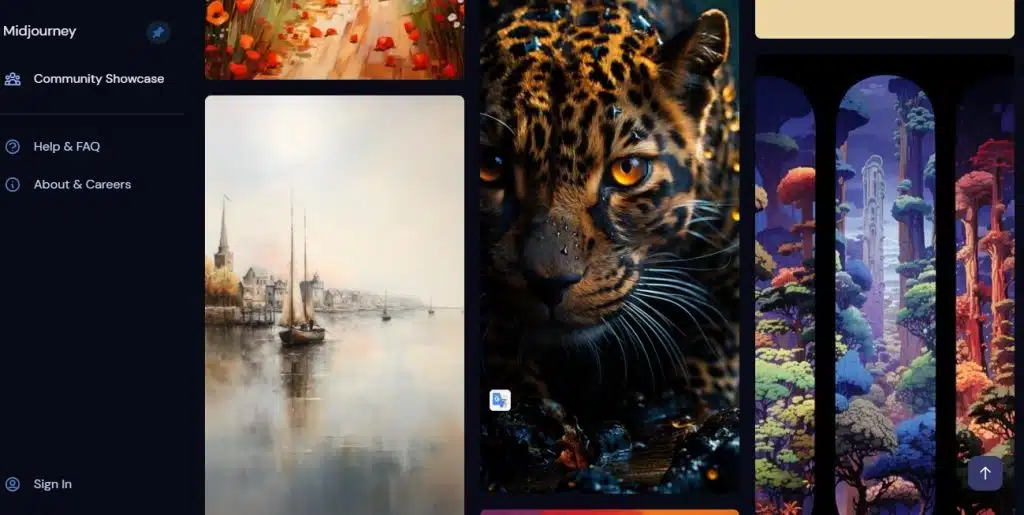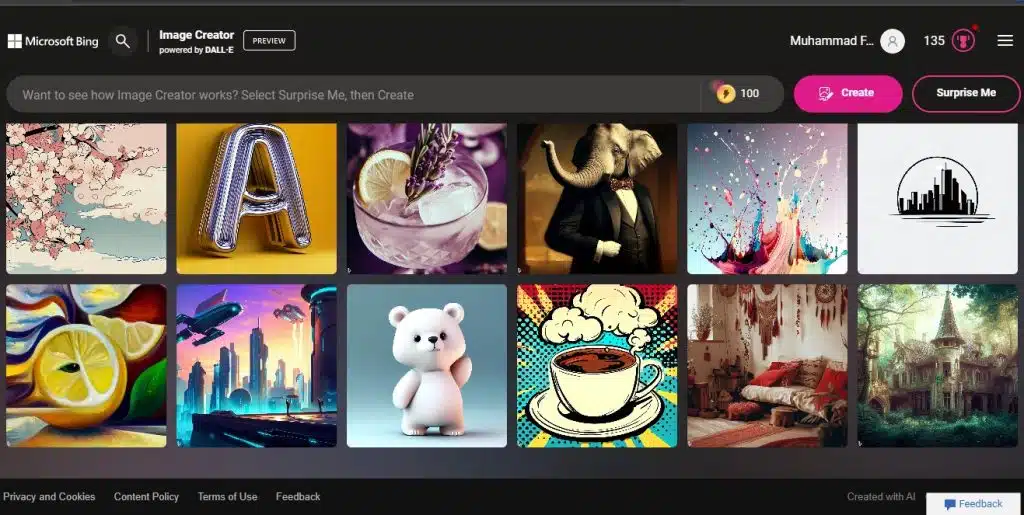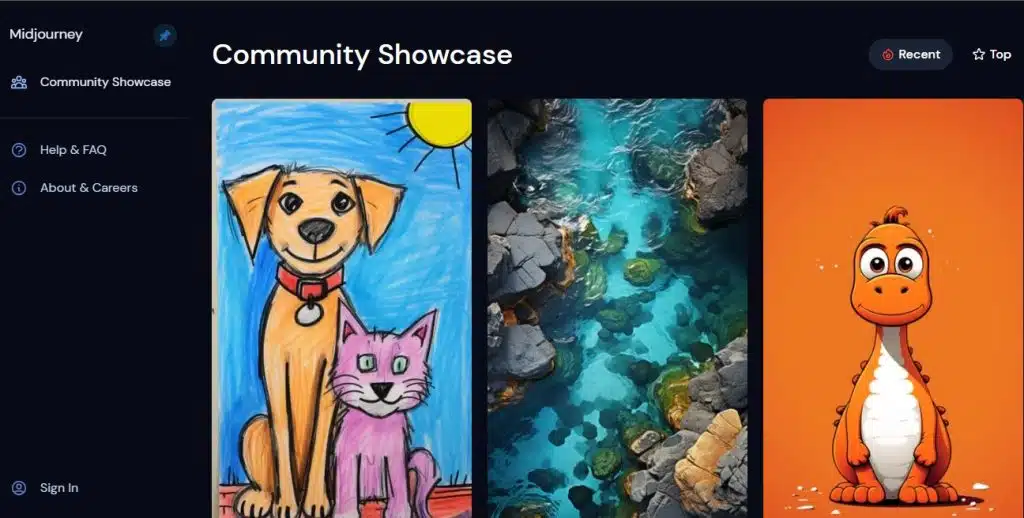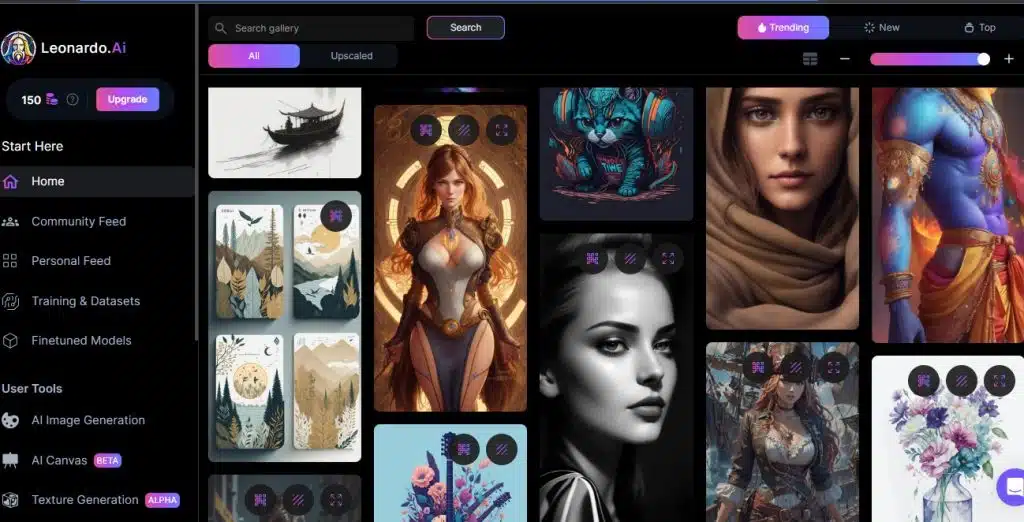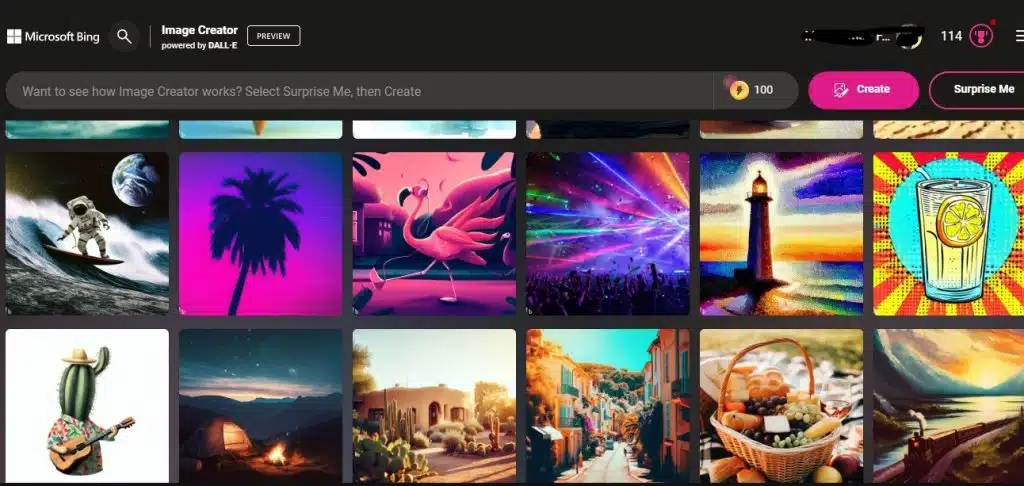Text to Image AI: What It Is and How It Works – Decoding Text into Images: An Extensive Look at Text-to-Image AI. Text-to-image AI is a groundbreaking technology that seamlessly transforms natural language descriptions into rich visual depictions. Powered by advanced deep learning models, this cutting-edge system employs sophisticated neural networks to synthesize realistic and imaginative images based on user input. The applications of text-to-image AI span a wide range of fields, including art, design, entertainment, education, and more. As this field evolves, let’s delve deeper into the workings and potential of text-to-image AI.
Text to Image AI: What It Is and How It Works
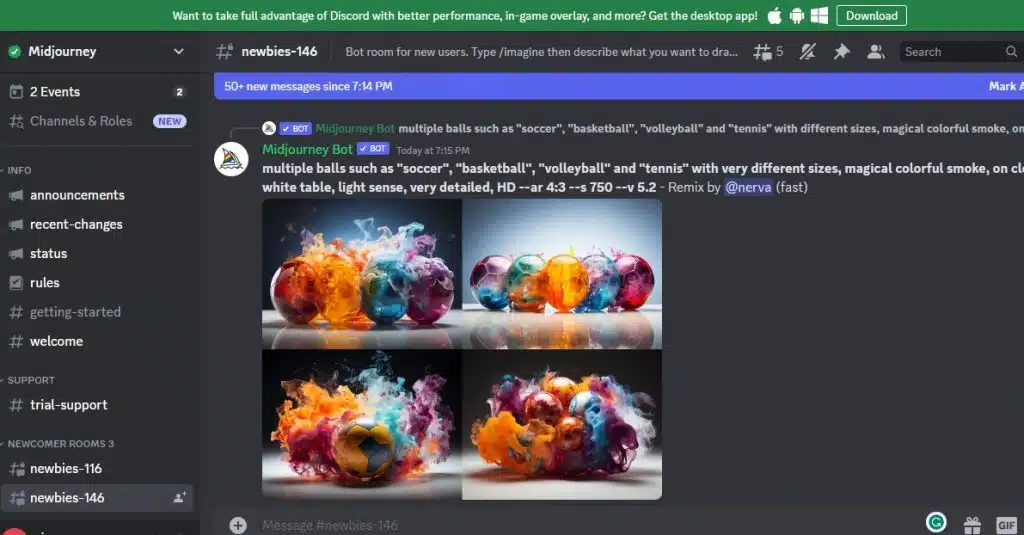
At the heart of text-to-image, AI lies a neural network that undergoes training using a vast dataset of text and image pairs. This neural network can encode the textual input into a latent representation and subsequently decode it into a visually coherent image. The network’s ability to generate multiple image variations for the same text allows users to select the most desirable outcome.
Text to Image AI What It Is and How It Works
To enhance the quality and diversity of the generated images, text-to-image AI leverages various techniques:
Attention Mechanism: Incorporating an attention mechanism allows the neural network to focus on different aspects of the text and image, depending on their contextual relevance. By directing its attention to specific regions, the network can generate more coherent, detailed, and faithful images to the text.
Style Transfer: Text-to-image AI can utilize style transfer techniques to apply the aesthetic characteristics of one image onto another. This capability empowers the neural network to generate images that exhibit artistic styles, enabling users to explore a wide range of visual representations.
Inpainting: With the help of inpainting techniques, the neural network can intelligently fill in missing or undesired parts of an image by considering the surrounding context. This enables the network to generate more complete, realistic, and visually appealing images.
READ: How to Create Stunning Artworks with Text to Image AI Generators Using Midjourney and Leonardo ai
Noteworthy Examples of Text-to-Image AI
The advancements in text-to-image AI have led to remarkable models and platforms developed by researchers and companies. Here are a few notable examples:
DALL·E: OpenAI’s DALL·E is a widely recognized text-to-image AI model, built upon the foundation of their GPT-3 language model. DALL·E has the ability to generate images based on diverse text prompts, ranging from simple objects to complex scenes. Its versatility allows users to modify various attributes of an object, such as shape, color, texture, or quantity, offering an unparalleled level of creative control.
Midjourney: Midjourney, an independent research lab focused on expanding the imaginative capabilities of humans, has developed a text-to-image AI platform. This platform enables users to create images from natural language descriptions effortlessly. With a dedicated team focusing on design, human infrastructure, and AI, Midjourney’s innovative approach is supported by a small, self-funded team consisting of 11 full-time staff members and a group of exceptional advisors.
Leonardo: Targeting the gaming industry, Leonardo is a text-to-image AI platform that specializes in generating assets for video games, such as items, characters, maps, structures, and concept art. In addition to its core functionalities, Leonardo offers features like AI canvas, model finetuning, and image editing, catering to the specific needs of game developers and designers.
Expanding the Frontiers of Creativity and Innovation
Text-to-image AI represents a fascinating and rapidly evolving field with vast untapped potential. Its ability to bridge the gap between language and visual representation unlocks many possibilities across various domains. Text-to-image AI can revolutionise creative processes, from aiding artists and designers in envisioning their ideas to enhancing immersive experiences in entertainment and education.
While text-to-image AI has already demonstrated impressive capabilities, there are still challenges and opportunities for improvement and innovation. Researchers and developers continue to explore novel techniques, refine existing models, and expand the datasets to overcome limitations and achieve even greater results. The ongoing progress in this field promises exciting advancements that will shape the future of visual creation and communication.
In conclusion, Text to Image AI: What It Is and How It Works is a groundbreaking technology that seamlessly converts textual descriptions into captivating visual representations. Driven by advanced deep learning models and incorporating various techniques, this field has the potential to revolutionize art, design, entertainment, education, and beyond. As research and development in text-to-image AI continue to push the boundaries of what’s possible, the future holds tremendous promise for creative innovation and human expression.


